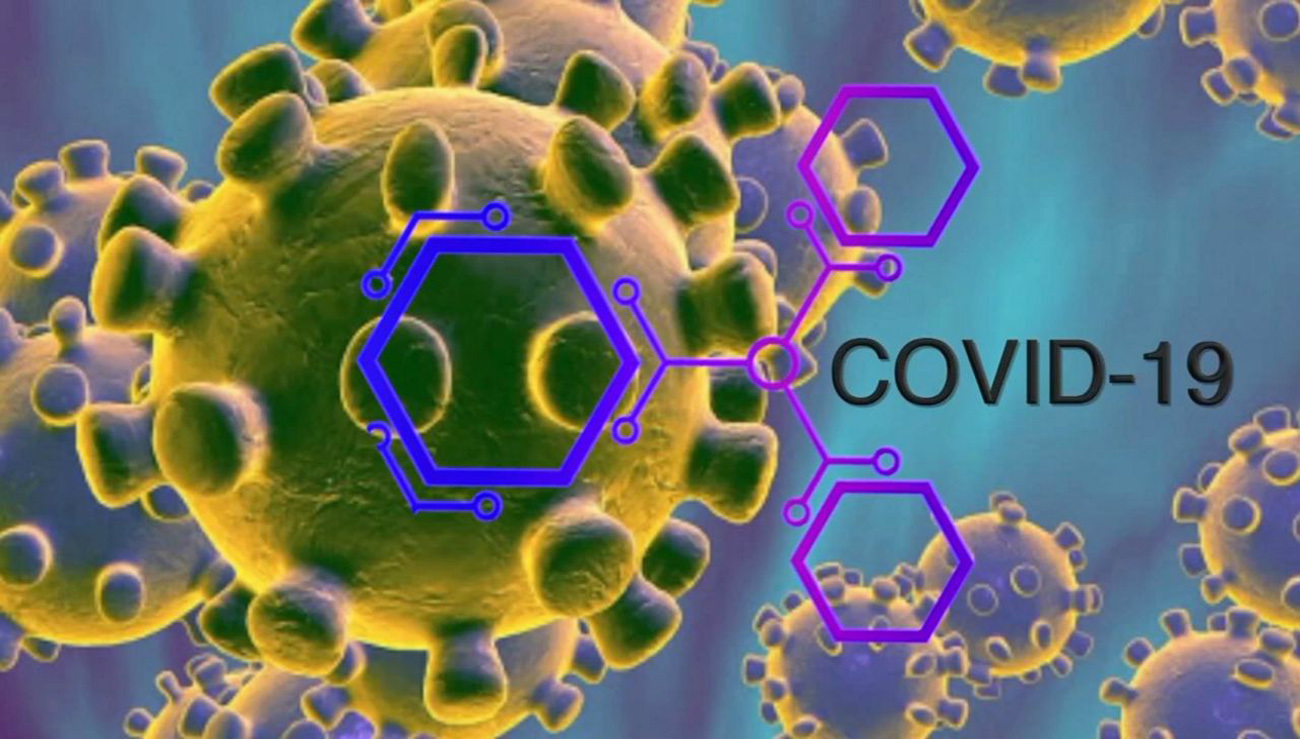
Isolation and Screening of Azo Dyes Tolerant Bacteria in Semi-Scale Industrial Effluents
Abstract:
Dyes are organic compound have colouring properties of the object which used in industrial application. Huge effluent are releasing by industrial processing, where the microorganism may naturally adopted against particular problems. Present work focused over the selection and screening few best native candidates from diverse bacteria from semi-skilled dye industrial effluent. From eleven isolated bacterial colonies only two are found resistant against azo dyes (Methyl orange and Trypan blue). During the screening it observed that isolates of bacteria (VN1 and VN2) were tolerates and decolorize azo dye up to 500 ppm. These bacterial strain can be used efficientlyremoval of dyes contamina-tion from ex-situ and in-situ.
Author(s):
DOI:
Keywords:
References:
Ahlawat, O. P., Gupta, P. D. & vijay, B. (2006). Dyes decolourization potential of spent substrate from Agaricus bisporus and Pleurotus species.Mus.res., 15, 75–82.
APHA. Standard method for the examination of water and wastewater. 21 ed. American Public Health Association. Washington, DC. Part, 8000, 94–100 (2005).
Banat, I. M., Nigam, P., Singh, D. & Marchant, R. (1996). Microbial decolouring of textile dyes containing effluents a review. Biores.Technol. 58, 217–227.
Barman, S. C., Kisku, G. C., Salve, P. R., Mishra, D., Sahu, R. K., Ramteke, P. W. & Bhargava, S. K. (2001). Assessment of industrial effluent and its impact on soil and plants. J.Environ Biol., 22(4), 251–256.
Pandey, V. K., Singh, M. P. (2014). Biodegradation of wheat straw by Pleurotus ostreatus. Cell. Mol. Biol.
Dick, E. M. (1994). Water and wastewater sampling for Environmental Analysis. Environmental sampling for trace analysis, 255.
Da S. M., Cerniglia, C. E. Pothulari, F. B., Canhos, B. P. & Esposito, E. (2003). Screening of filamentous fungi isolated from estuarine sediments for the ability of oxidized polycyclic aromatic hydrocarbons. World J Micrbiol. Biotechnol., 19, 399–405.
Francois F., Lombard, C., and Guuigner, J. M., et. al., (2012). Isolation and characteriation of environmental bacteria capable of extracellular bio sorption of mercury. Appl. Environ. Microbiol., 15, 78(4), 1097–1106.
Gingell, R. & Walker, R. (1971). Mechanism of azo reduction by streptococcus faecalis II. The role of soluble flavins. Xenobiotica., 1; 1(3), 231–239.
Halimoon, N. & Yin, R. G. S. (2010). Removal of heavy metal from textile wastewater using zeolite. Environment Asia., 124–130.
Hrynkiewicz, K. & Baum, C. (2014). Application of microorganism in bioremediation of environment from heavy metals.In environmental deterioration and human health. Springer., 215–227.
Jadav, J. P., Kalyani, D. C,. Telke, A. A., Phugare, S. S. & Govindwar, S. P. (2010). Evaluation of the efficacy of a bacterial consortium for the removal of colour reduction of heavy metal and toxicity from textile dyes effluents. Bioresource technology. 1; 101(1), 165–173.
Kirby, N., Marchan, R. & Mullan, G. (2000). Decolourization of synthetic textile dyes by Phlebia tremellosa. FEMS Microbiol. Lett., 188, 93–96.
Monteirio, C. M., Castro, P. M., & Malcata, F. X. (2012). Metal uptake by microalgae: Underlying mechanism and practical applications. Biotechnol prog. 18(2), 229–311.
Pandey, V. K. Singh, M. P., Srivastava, A. K., Vishwakarma, S. K. & Takshak, S. (2012). Biodegradation of sugarcane bagasse by Pleurotus citrinopileatus. Cell. Mol. Biol. 58(1), 08–12.
Sardrood, B. P., Goltapeh, E. M. & Verma, A. (2013). An introduction to bioremediation: fungi as bioremediators. Springer, 3–27.
Srivastava, J., Chandra, H., Tripathi, K., Naraian, R., & Sahu, R. K. (2008). Removal of chromium (VI) through biosorption by the Pseudomonas spp. Isolated from tannery effluent. J Basic Microbiol., 48(2), 135–139.
Pandey V. K., Chakrabarti D. K. and Pandey Alok (2006). Fusarium moniliforme-Enzyme induced ripening of Banana fruits. Journal of Food Science and Technol. 43, 46–48.
Vishwkarma, S. K., Singh, M. P., Srivastava, A. K. & Pandey, V. K. (2012). Azo dye (Direct Blue) Decolourization by immobilized extracellular enzyme of Pleurotus spp. Cell. Mol. Biol. 58(1), 21–25 (2012).




